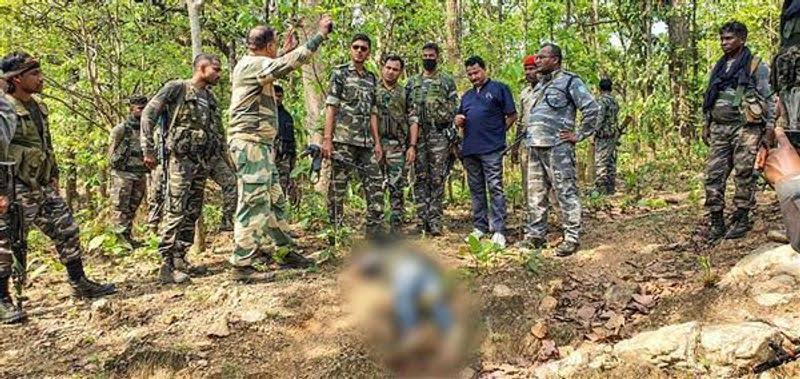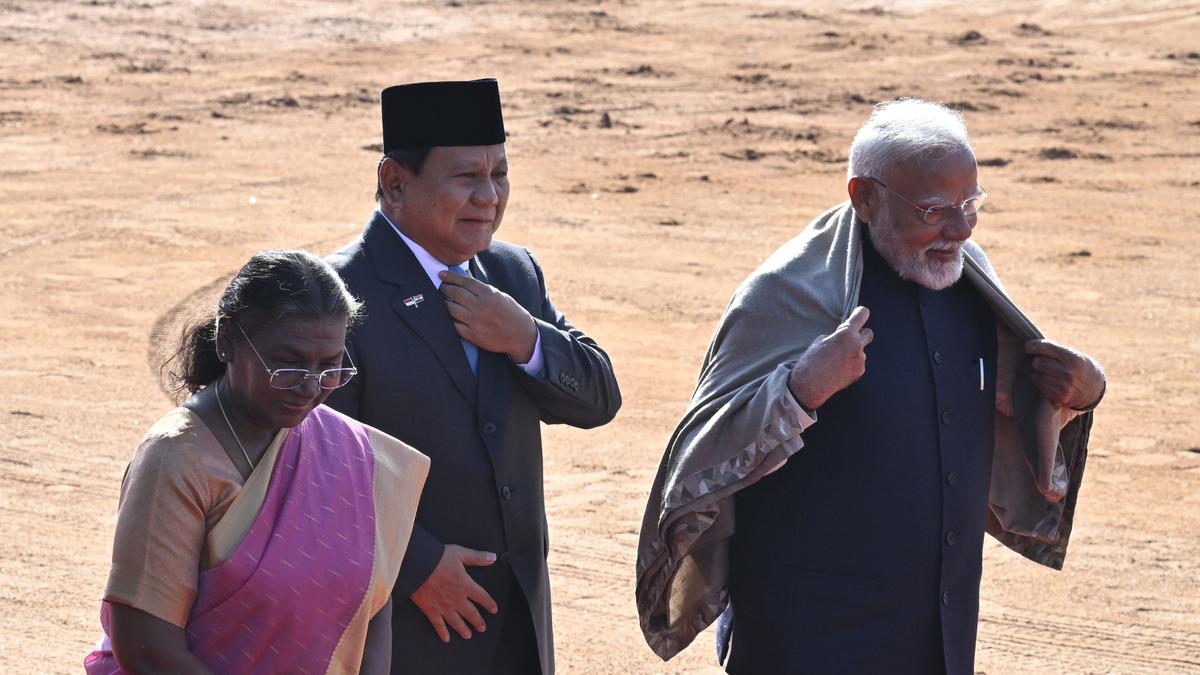In one of the most significant anti-Maoist operations in recent months, security forces killed 16 alleged Maoists during a fierce encounter in Chhattisgarh’s Sukma district on Saturday. The operation, which unfolded deep inside the dense forests under the Kerlapal police station area, also left two jawans injured.
 The encounter began early in the morning around 8 a.m., when a joint team comprising personnel from the District Reserve Guard (DRG) and the Central Reserve Police Force (CRPF) came under heavy fire while conducting a combing operation. Acting on specific intelligence inputs about the presence of Maoist insurgents in the area, the forces had launched the operation on Friday evening.
The encounter began early in the morning around 8 a.m., when a joint team comprising personnel from the District Reserve Guard (DRG) and the Central Reserve Police Force (CRPF) came under heavy fire while conducting a combing operation. Acting on specific intelligence inputs about the presence of Maoist insurgents in the area, the forces had launched the operation on Friday evening.
After hours of heavy exchange of fire, police confirmed that 16 bodies of Maoists were recovered from the encounter site. Along with the bodies, a large cache of sophisticated weapons, including AK-47s, SLRs, INSAS rifles, .303 rifles, rocket launchers, grenade launchers and other explosives, were seized.
The two injured DRG personnel were immediately evacuated and are reported to be out of danger. Authorities are in the process of identifying the deceased Maoists.
This marks the second major encounter in the Bastar region in less than ten days. Earlier on March 20, 26 Maoists were killed in a similar operation in the Bijapur-Dantewada border area. Since the start of this year, security forces have neutralised at least 116 Maoists in the insurgency-hit Bastar region, which spans seven districts, including Sukma, Bijapur, and Dantewada.
Reacting to the news, Union Home Minister Amit Shah reiterated the government’s commitment to ending the decades-long Maoist insurgency. In a post on social media platform X, he lauded the security forces for their bravery but also urged those still holding weapons to abandon violence.
“My appeal to those who are still armed is clear—change cannot be achieved through weapons and bloodshed. Only peace, dialogue, and development can bring real transformation,” Shah said, underlining the government’s policy of encouraging Maoists to surrender and reintegrate into society.
The Chhattisgarh government too has expressed hope that its revised rehabilitation policies for surrendered Maoists will pave the way for peace in the region.
While these operations may appear to be major victories in the fight against extremism, they also serve as a grim reminder of the lives lost on both sides—whether it be young men and women drawn into the Maoist fold by disillusionment and neglect, or brave security personnel risking their lives to maintain peace. The road to lasting peace in Bastar is still long, but every step toward ending violence and fostering development offers hope.




